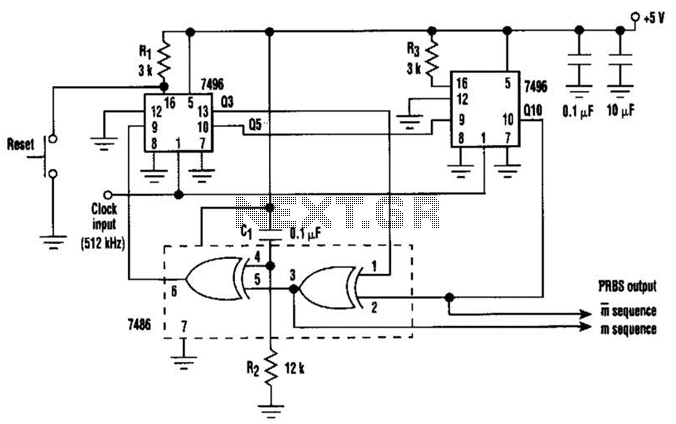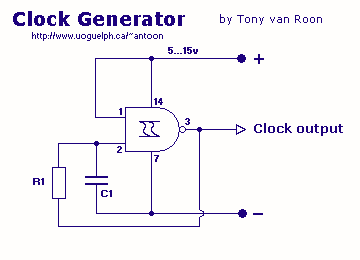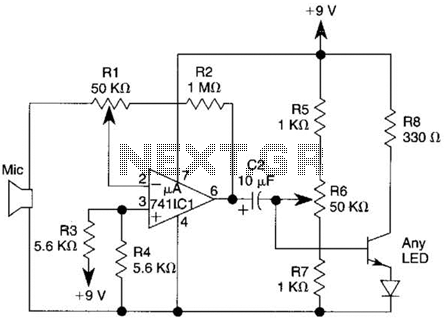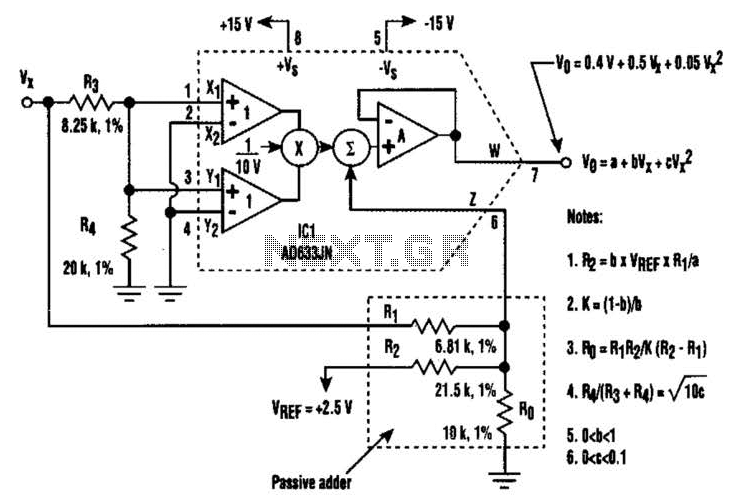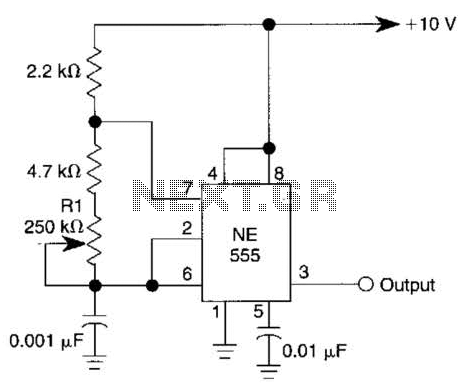
robotic voice generator

The voice generator scheme schematic diagram utilizes the ISD2500 series of chip-coders from Winbond, which encompasses all necessary components for recording and playback of voice messages. These chips feature microphone preamps with Automatic Gain Control (AGC), allowing compatibility with low-cost electret microphones. Additionally, the design includes an output amplifier for driving speakers, as well as memory, an oscillator, an Analog-to-Digital Converter (ADC), and a Digital-to-Analog Converter (DAC).
The ISD2500 series is designed for applications requiring high-quality audio playback and recording in a compact form factor. The microphone preamp with AGC enhances audio input quality by adjusting the gain to accommodate varying sound levels, ensuring clear recordings from inexpensive microphones. The output amplifier is capable of delivering sufficient power to drive small speakers, making it suitable for portable devices.
The integrated memory within the ISD2500 allows for the storage of voice messages, which can be recorded and played back multiple times. The oscillator generates the necessary clock signals for the chip's operation, while the ADC and DAC facilitate the conversion between analog audio signals and their digital representations, enabling efficient processing and playback of recorded audio.
In summary, the schematic diagram for the voice generator scheme using the ISD2500 series presents a complete solution for voice recording and playback, integrating essential components that work harmoniously to deliver high-quality audio performance in various applications.Voice generator scheme schematic diagram. The family of chip-coders ISD2500 firm Winbond contains almost everything you need to record and play back voice messages. As chips have mic preamps with AGC, working with the cheapest electret microphones, the output amplifier that runs on the speaker, memory, oscillator, ADC and DAC.
🔗 External reference
The ISD2500 series is designed for applications requiring high-quality audio playback and recording in a compact form factor. The microphone preamp with AGC enhances audio input quality by adjusting the gain to accommodate varying sound levels, ensuring clear recordings from inexpensive microphones. The output amplifier is capable of delivering sufficient power to drive small speakers, making it suitable for portable devices.
The integrated memory within the ISD2500 allows for the storage of voice messages, which can be recorded and played back multiple times. The oscillator generates the necessary clock signals for the chip's operation, while the ADC and DAC facilitate the conversion between analog audio signals and their digital representations, enabling efficient processing and playback of recorded audio.
In summary, the schematic diagram for the voice generator scheme using the ISD2500 series presents a complete solution for voice recording and playback, integrating essential components that work harmoniously to deliver high-quality audio performance in various applications.Voice generator scheme schematic diagram. The family of chip-coders ISD2500 firm Winbond contains almost everything you need to record and play back voice messages. As chips have mic preamps with AGC, working with the cheapest electret microphones, the output amplifier that runs on the speaker, memory, oscillator, ADC and DAC.
🔗 External reference
